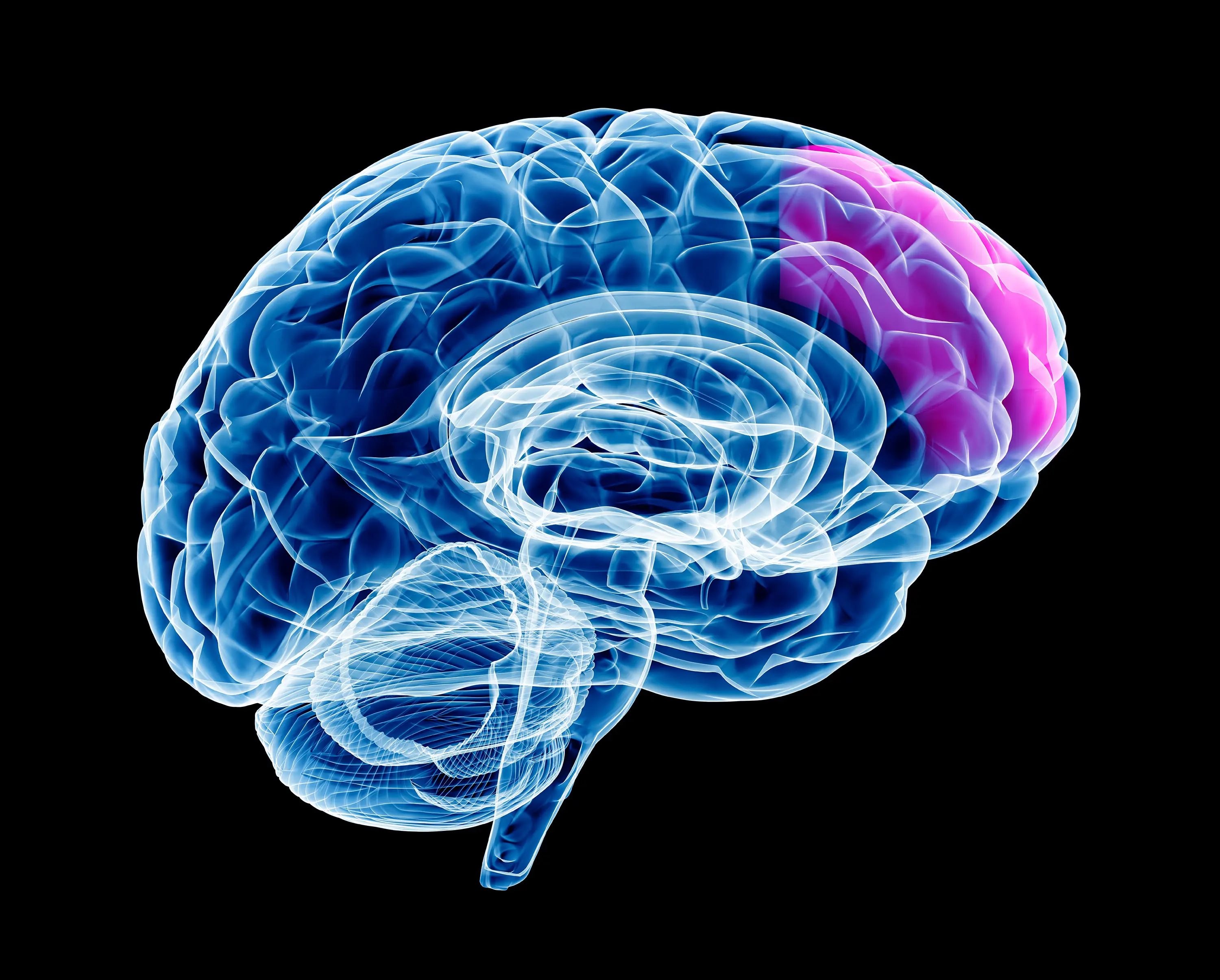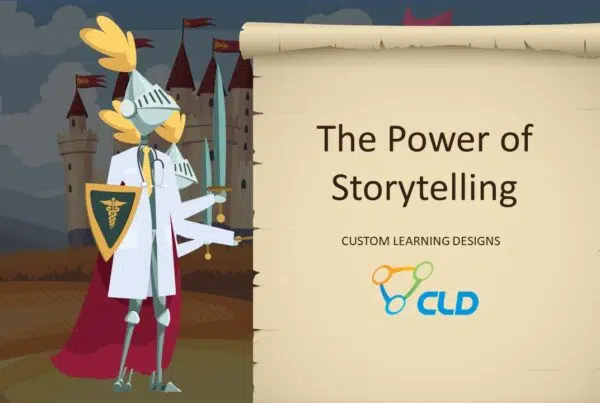The medial prefrontal cortex (mPFC) is a structure in the brain of a rat, but it’s roughly comparable to a structure called the dorsolateral prefrontal cortex (dlPFC) in primates. In both types of animals, it is an important region for working memory. In fact, scientists are starting to figure out how mPFC neurons encode working memory, and it appears that they do so by generating new proteins.
But it’s a bit more complicated than that. Neurons in this brain region store relevant, broad information from multiple, similar experiences (like what you were doing), while over time pruning away irrelevant minor details that may be unique to each experience (like what you were wearing).
Not only do these studies help elucidate how information is “locked down” in the brain, they also help reinforce the concept that repetition helps with learning. Repetition strengthens the neural pathways that are consistent from event to event while losing connections that are only incidental to an event.
What Is Working Memory?
Working memory provides an interface between the mind and the environment, allowing us to retain information in our minds while simultaneously working on it. It also allows for the synthesis of information from perception, long-term memory, and short-term memory. Our attentional control system works with two temporary storage systems: a verbal/acoustic system and a visual/spatial system. The verbal/acoustic system is useful for acquiring vocabulary and holding the sequences of sounds of new words in the correct order. The visual/spatial system concerns things like shape, color, and location.
The attentional control system, along with the verbal/acoustic system and the visual/spatial system all feed into an “episodic buffer” where information streams are combined and made available to conscious awareness. The episodic buffer can be envisioned as a mental stage on which events play out.
 Two Ways the mPFC Affects Working Memory
Two Ways the mPFC Affects Working Memory
Studies of rat mPFC and working memory have found that this brain region affects working memory in two main ways. When the mPFC is inactivated through the use of a chemical called muscimol, it affects the so-called win-shift performance strategy, which is related to the animals’ ability to choose the next correct arm of a maze to be visited (“correct” being the arm of the maze that leads to a reward).
Inactivating the mPFC also appears to affect the animals’ lose-shift performance – or their ability to correct errors they just made. For example, when the mPFC is inactivated, animals would re-enter an arm of a maze they had just visited even though there was no reward at the end of that maze. In short, it affected their ability to learn from their mistakes.
Why We Forget Fine Details and How This Affects Sales Training
Work and personal life consist of many repetitive, but not identical experiences. For example, a person may see their doctor dozens of times over the years, with different reasons for the visits. It may be a sinus infection one time, an injured knee another time, and digestive troubles another time. As our memories for all these doctor visits get older, the incidental details (like what color the office was painted) tend to be forgotten.
At the same time, however, you retain underlying patterns common to the visits, like how the office is mapped out, or generally how you communicate with your doctor. These underlying patterns strengthen and help guide our behavior for analogous situations in the future.
Initially, the mPFC encodes both shared and unique features of stimuli in a similar manner. But over time, the coding becomes more attuned to shared features of similar experiences and less attuned to unique details, many of which become lost. The general knowledge that is gained in this fashion can be immediately applied to new situations.
How Sales Reps Build Associative Knowledge and Why It’s Important
As your sales reps build experience, they undergo this process of retaining common features of sales scenarios while gradually forgetting many of the details that made individual sales interactions unique. They may, for example, remember that interactions at one facility always include the input of a formulary manager, while forgetting the single time when one of those meetings coincided with a heavy rainstorm.
This would also be true of sales training experiences. Many pharma sales trainers are including innovative techniques like gamification to teach new skills and information, and these techniques depend, to some extent, upon repetition. Over time, the common principles of, say, completing a level, become more thoroughly encoded, while the one-off aspects, like distractions or side-quests thrown in, are more likely to be forgotten.
The “High Road” and “Low Road” Are Represented by Different Parts of the mPFC
Virtually all professionals encounter situations in their career where choices must be made quickly, and where those choices take on characteristics of the so-called high road (doing the thing that benefits the most people long-term) or the low road (doing the thing that puts out the fire now, with less regard to long-term effects). Researchers are discovering that different parts of the mPFC influence how likely we are to choose one over the other.
Left to our own devices, we tend to react with “low road” solutions, because we’re uncomfortable and we want to do something now. However, scientists are discovering that it is possible to train the brain to prefer “high road” solutions through practices that favor the part of the mPFC that are associated with deliberative choices rather than the part associated with habits and emotions.
The two skills of mindfulness (awareness of current mental activity) and “mentalizing,” where you take a more dispassionate view of a situation rather than focusing on the immediate desires and problems surrounding you, help you take a more high-road approach. It’s more challenging in the short-term but results in better long-term outcomes.
What all this is telling us boils down to “Neurons that fire together wire together.” Repetition matters over the long term, and we have the neuroplasticity to train ourselves to make more prudent choices.
We invite you to browse our blog for more on the psychology and neurochemistry of learning, so you can design more effective, better-informed training programs for your pharma reps.


.png?t=1497556735394&width=320&name=Prefrontal%20cortex%20(1).png) Two Ways the mPFC Affects Working Memory
Two Ways the mPFC Affects Working Memory


